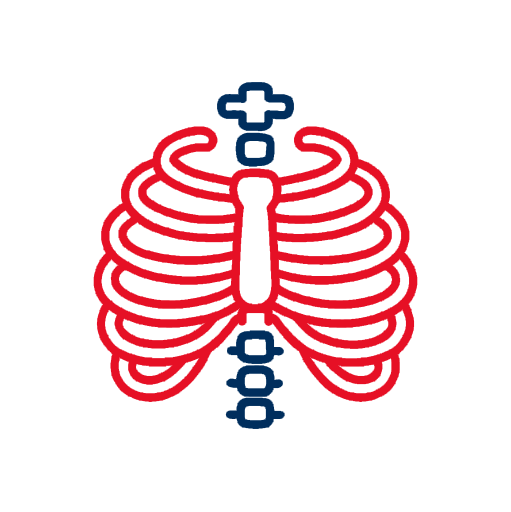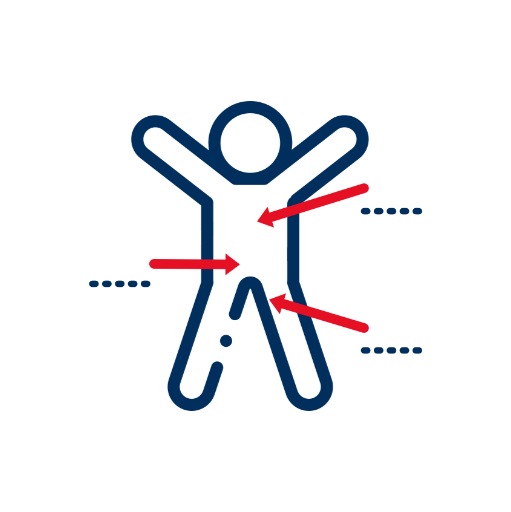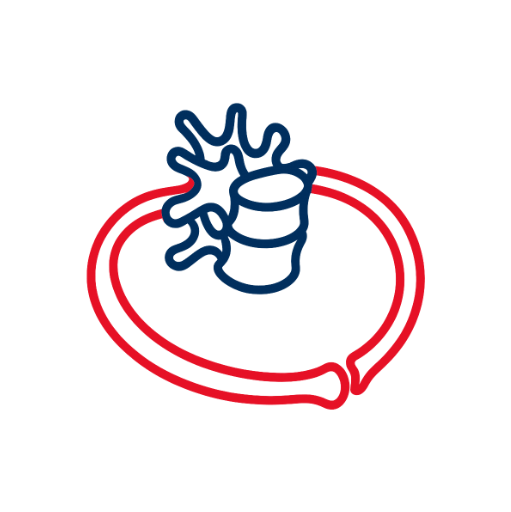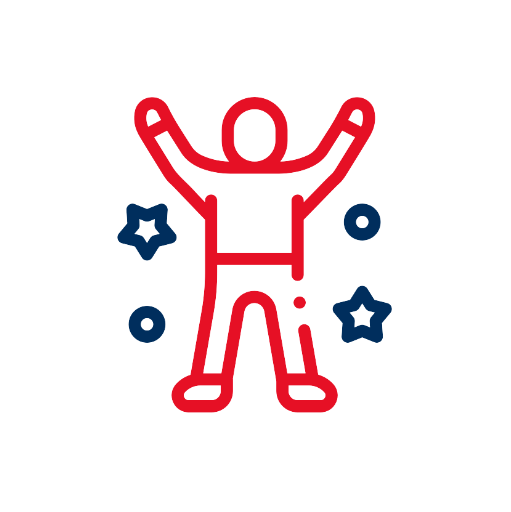Do you experience persistent lower back or pelvic pain, mid-back stiffness, or difficulty taking a full breath, despite exercise, stretching, or manual therapy?
Maybe you’re a runner struggling with recurring stress fractures or tendon issues, or someone dealing with hip pain, pelvic floor problems, or plateaued recovery from concussion or injury.
Even symptoms like anxiety, jitteriness, sleep disturbances, or excessive sweating can sometimes trace back to the same root cause: dysfunction in your thoracic spine and ribcage.
At RedoHealth, our therapists use the Thoracic Ring Approach™, a unique assessment and treatment model designed to restore optimal function to your thorax and improve your movement, breathing, and overall health.
Brendan and Jane are both Certified ConnectTherapy™ Practitioners with extensive training in the Thoracic Ring Approach™.
Developed by Dr. Linda-Joy (LJ) Lee, Physiotherapist and international educator, the Thoracic Ring Approach™ is a 3-dimensional, functional framework for the thoracic spine and ribcage, also referred to as the thorax. LJ’s approach goes beyond traditional manual therapy by considering the thorax as a complete system and each segment or level – the Thoracic Ring – that plays a crucial role in movement, breathing, and core stability.
Since 2002, LJ has evolved this approach through almost two decades of clinical research, post-graduate teaching, and her own injury recovery experience.
At RedoHealth, we bring you the most up-to-date, advanced Thoracic Ring techniques available.
Your thorax – made up of your thoracic vertebrae, ribs, and associated muscles – accounts for up to 30% of your body’s length and 35% of its mass.
Dysfunction in this region can:
Even without direct thoracic pain, your thorax can be the hidden driver behind problems elsewhere in your body.
Unlike traditional treatments that focus solely on the back of the thorax or rely on stretching and manipulation, the Thoracic Ring Approach™:
Our goal is to help you self-manage your symptoms through targeted exercises that improve movement, stability, and breathing.
The Thoracic Ring Approach™ may help if you have:
It’s important to note that not all issues require thoracic treatment.
Using the Drivers Diagnostic Chart™, we assess whether thoracic dysfunction is the key driver of your symptoms, ensuring the most effective, individualized care.
Through the Thoracic Ring Approach™, we can help you:
Instead of just stretching or rolling, the Thoracic Ring Approach™:
Discover if the Thoracic Ring Approach™ can help you.
If you want to optimize your thoracic function, reduce pain, and enhance performance, our RedoHealth therapists are here to help.
Unlock better movement, breathing, and overall body function




